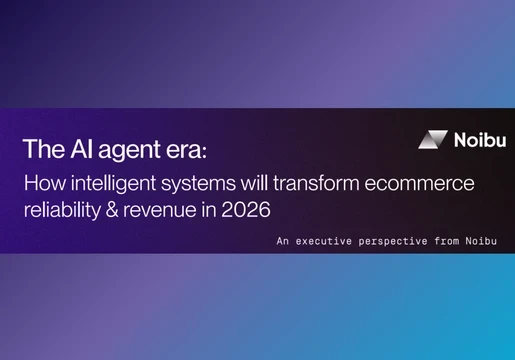60% of customers have stopped doing business with a brand due to poor customer service, according to recent studies. It is thus more important than ever that companies take the relevant steps to satisfy their customers.

What metrics are companies using?
According to Unbabel's Guide to Customer Satisfaction, there are a number of metrics to look out for. For example, first response time and average handling time are both incredibly important when it comes to measuring a team's responsiveness. Next, a net promoter score (NPS) is a straightforward but valuable metric for enterprises looking to gauge how satisfied their customers are. Typically, this is in the form of a simple survey question and potentially includes a gift card as a thanks. A customer effort score is also useful as it focuses on how easy it was to complete a certain action. In effect, this identifies "which parts of your support process, product, or service can be a source of strain." Finally, customer satisfaction scores (CSAT) help to measure customer satisfaction with a specific product or service. According to Rafaela Cortez at Unbabel, "it’s a more here-and-now type of reaction, and less of a long-term relationship evaluator."
Improving customer satisfaction
As Cortez observes, the goal of customer satisfaction is to build trusting, long-lasting relationships. Indeed, research shows that acquiring new customers can be anywhere from five to 25 times more expensive than keeping current ones. It is thus integral that companies ask for customer feedback and then act accordingly. Educating customers on the product or service is also a must, while relationship development demands empathy and self-awareness. Cortez also recommends "bringing a bit of humanity back into customer service," in the form of a joke, empathy, or a warm, polite, professional tone. Keeping employees motivated and happy is also integral if they are to serve customers more effectively. Taking language and culture into consideration is also vital and being multilingual is no longer a choice. Indeed, 42% of consumers reportedly never purchase products and services with sales and support in other languages. Chat bots, help centres, and simple FAQs are also great ways of providing a cost-effective self-service. Finally, leveraging emerging technologies such as AI can help companies cut costs, personalise a customer's experience, and ultimately achieve better results.
What are the latest Unified Communications tools? Check out Episode 15 of Tech Chat, in which we ventured to UC Expo







Comments ( 0 )